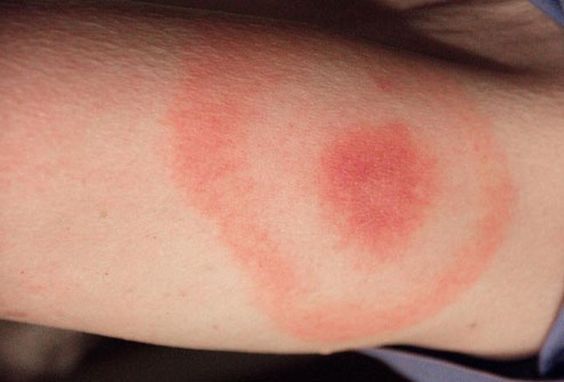Before we begin, I would like to share with you a common sense: In the initial stage of healing, wounds often show a bright red tone. This color may be as deep as wine red, or as dull as dark brown, or even tend to be khaki. If the redness persists for a long time, it may mean that the scar is entering the "proliferative phase", which is called hypertrophic scar in professional terms. What's more, it may be a precursor to keloid scars, or may be aggravated by secondary skin infection.

Why do red marks remain after scabs fall off?
The appearance of red marks on the skin after the scab falls off is a normal phenomenon in the healing process, which is related to the skin repair mechanism. When the skin is injured, the skin's barrier function is damaged and an inflammatory response is prone to occur. When the inflammation subsides, the dilation of blood vessels has not yet fully recovered, so red marks are left. In some cases , during the scab formation process, new skin tissue will gradually replace the damaged skin tissue. In this process, the new skin tissue may be redder than the surrounding normal skin, forming red marks. Everyone's skin repair ability is different, and some people may be more likely to leave red marks. In addition, if the skin of the injured area is thinner or the damage is deeper, it is also more likely to leave red marks. When the wound heals, the body will form a scab to protect the damaged area. When the scab falls off, the exposed new skin is more sensitive and rich in blood vessels, which may cause the appearance of red marks. Inflammatory reactions sometimes also cause pigmentation, forming red marks.
Generally, minor red marks may disappear within a few weeks, while more serious wounds may take months or even years. In order to promote the disappearance of red marks, a variety of measures can be taken, including the use of scar treatment drugs, red and blue light therapy, laser treatment or photorejuvenation.
How to improve scar hyperplasia and redness?
Regarding hypertrophic scars, it is a natural phenomenon during the wound recovery process. Especially within 1 to 6 months after the injury, the scar is in an active proliferative period, especially in the first month. Faced with this kind of situation, we can take a series of measures to deal with it. For minor redness, medical silicone ointment can be applied locally under the guidance of a doctor, combined with scientific anti-scar care methods. It is crucial to choose anti-scar products that suit the characteristics of scars, such as tension reducers, compression products (scar patches, elastic sleeves, etc.), and scar creams rich in silicone ingredients, which can effectively inhibit the proliferation and dilute the color of scars. If the scar is not only red but also accompanied by obvious bulges, its color will usually gradually fade within 3 to 6 months after appropriate treatment.

How to improve keloid redness?
If the scar continues to be red, itchy, and painful, has a tendency to expand to the surrounding area, and has not improved for more than 9 months, we can preliminarily judge it as a keloid. At this time, the redness of the scar will not only not fade on its own, but will become more severe under stimulation. The treatment of keloids requires a comprehensive approach. For small areas, injection therapy and topical silicone ointment can be tried; for large areas, surgical excision should be considered, supplemented with anti-recurrence measures such as radiotherapy, because keloids are very easy to recur, and single treatment is often difficult to be effective.
As for secondary skin infection, this is an immune response triggered by foreign bodies or bacteria, which causes capillary dilation and redness on the surface of the scar. For mild inflammation, medical silicone gel can be applied externally, and improvement can be seen after about a week. If the situation is serious, it is necessary to follow the doctor's advice to apply antibacterial drugs externally and take oral antibiotics to speed up recovery.
For more information on Innomed® Hydrogel Dressing, Refer to the Previous Articles. If you have customized needs, you are welcome to contact us; You Wholeheartedly. At longterm medical, we transform this data by Innovating and Developing Products that Make Life easier for those who need loving care.
Editor: kiki Jia

 English
English عربى
عربى Español
Español русский
русский 中文简体
中文简体








